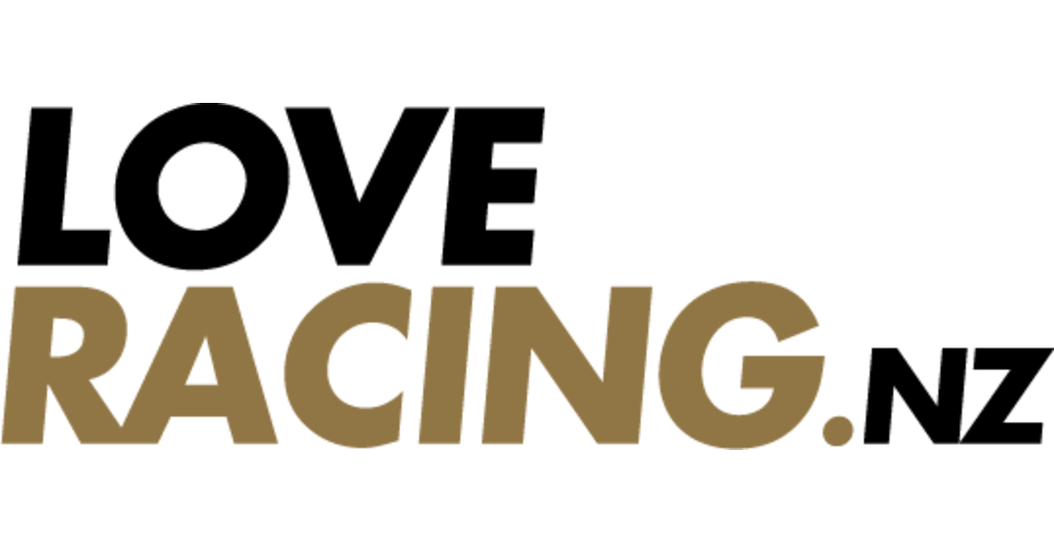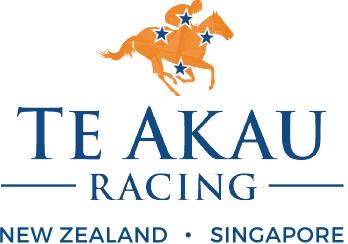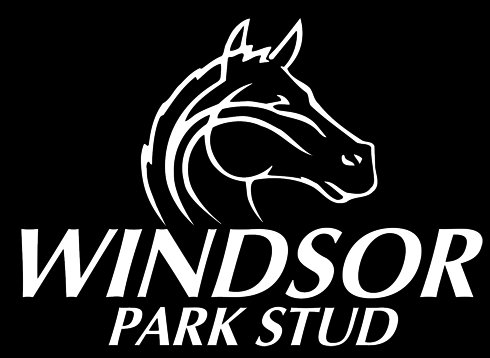 Ocean Billy, who was transferred this week to Chris Waller for his Melbourne Cup campaign, is the la
Ocean Billy, who was transferred this week to Chris Waller for his Melbourne Cup campaign, is the laThere’s a lot more to take out of the New Zealand Pattern Committee’s review of black-type races from 2020-21 than the downgrading of our only remaining Group 1 3200m race.
The relegation to Group 2 of the Auckland Cup was in fact inevitable given the warnings that had been placed on the race and which had been stalled only by a global moratorium on feature staying races. The ending of the moratorium removed the final layer of protection on the Ellerslie staying feature, which has followed a similar downward path to the country’s two other former Group 1 3200m races, the New Zealand and Wellington Cups, which are both now Group 3.
The New Zealand Cup was downgraded to Group 2 in 1990 and then to Group 3 in 2009. The Wellington Cup’s final Group 1 edition was in 2008, and met its current Group 3 fate in 2016 after the distance had been reduced to 2400m for seven years in the vain hope of arresting the slide.
A major sticking point when a black-type race is downgraded is the impact on the stake, as dictated to a large degree by New Zealand Thoroughbred Racing’s funding policy which has a defined table regulating stakes contributions according to an individual race’s status. There is a safety net, however, which in the case of races such as the New Zealand and Wellington Cups provides surety in maintaining the stake at $250,000.
Known as heritage funding, it will also assist in underwriting the stake for the Auckland Cup when the 2022 edition is run at Group 2 level, as well as being the go-to mechanism for other races that have suffered downgrades in the 2020-21 pattern review. Included in the list for heritage consideration are the Easter Handicap, downgraded from Group 2 to 3, and the Rotorua Cup, downgraded from Group 3 to Listed, which would mean their stakes are maintained at previous levels.
That flexibility is also a surety of sorts for the NZPC in its deliberations, something acknowledged by Chairman Matthew Goodson.
“Most people wouldn’t know a race like the New Zealand Cup was no longer a Group 1, and after all we don’t want to denude some of our traditional races,” says Goodson. “The heritage race concept provides a mechanism to decouple the funding of some races from their pattern status.”
A real challenge facing the NZPC is the reduction in the number of races contested in New Zealand season by season, which even without the loss of races during recent COVID lockdown periods, has resulted in the accepted international threshold being breached.
“The standard is for black-type races to make up no more than five per cent of total races run, but in New Zealand’s case that has gone out to more than six per cent,” said Goodson. “Some countries are higher – for instance Ireland is up to more than nine per cent – but it’s the opposite in the case of a country such as Japan.”
That also means an inevitable correction in what is known as the pyramid structure to a jurisdiction’s overall proportion of black-type races, with Listed races the largest number at the bottom through to the smallest number of Group 1 races on the top tier. The Auckland Cup downgrade leaves 20 races at Group 1 for the 2021-22 season, with 27 at Group 2, 44 at Group 3 and 59 Listed, making for a grand total of 150.
On top of that number being in excess of proportional norms, the situation is exacerbated by several high performing non-black-type races pushing their case for inclusion, which will have the inevitable effect of a significant overhaul by the NZPC in the not too distant future.
All the while, top level races must meet the guidelines established by the Asian Pattern Committee, an affiliate of the 25-member Asian Racing Federation, with which ultimate judgement lies on the right of races to maintain their high-level status.
“There is international pressure on our Group One races meeting the required ratings,” added Goodson, “but in that respect our three-year-old races hold up well.
“The pattern will continue to evolve, our three-year-old racing will retain its strength and whereas our overall ranks of older horses will continue to be under pressure, our fillies and mares will also remain strong.
“That’s due in large part to the fact that so many of our female horses are retained, whereas many of our male horses are sold, which is understandable given the continually widening gap between stakes in New Zealand and countries such as Australia and Hong Kong.”










